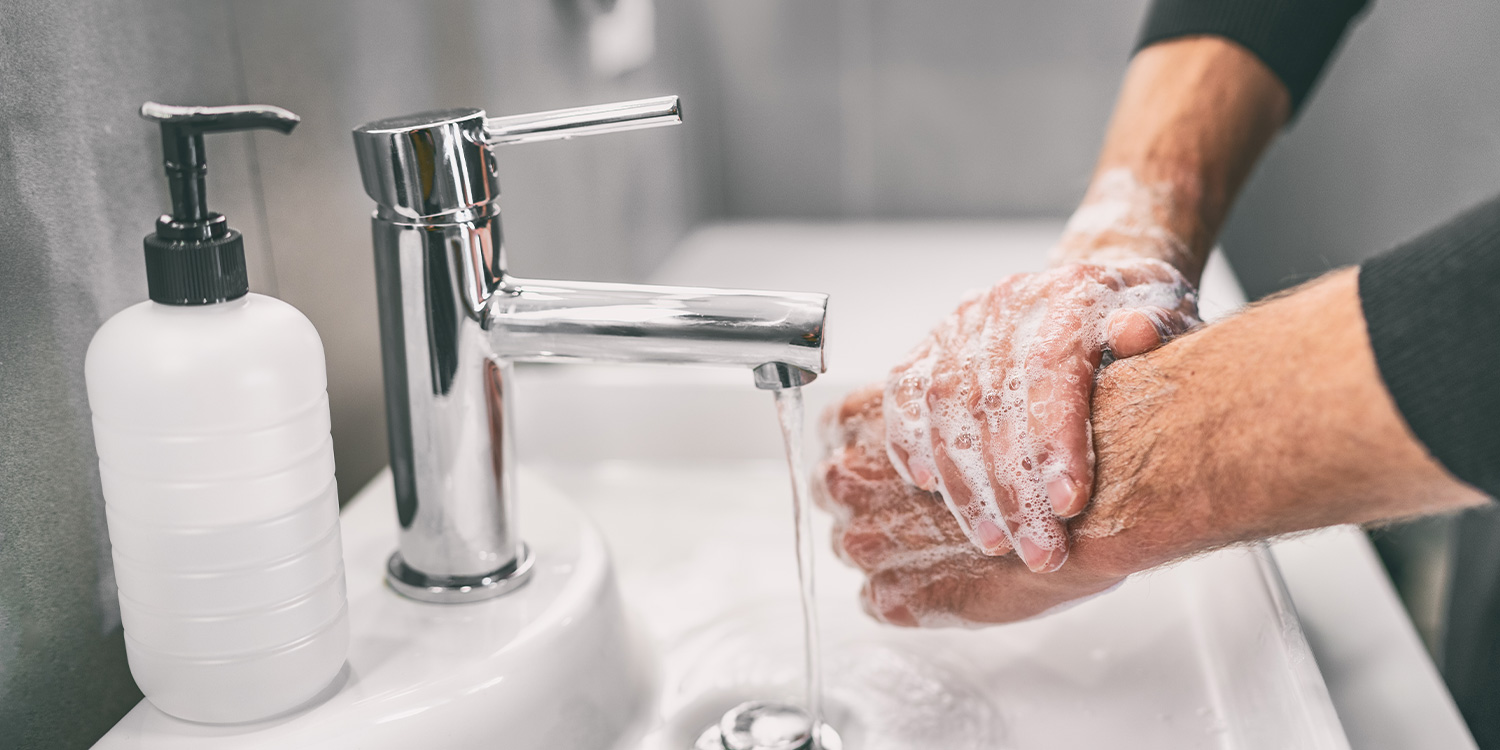How to Detect and Prevent Coronavirus

The global spread of coronavirus has impacted just about everyone in the world, and it has led to significant changes to the way we live our daily lives, how we work, how we socialise and even how the healthcare systems of different countries have had to act. It’s safe to say that this epidemic is going to be a big part of our lives and global conversation for months to come. It’s led to everyone and every single industry thinking of how to protect employees, patients and customers and our general communities. It’s important for people to be informed about what the virus is, how to identify it, what to do if you have it and how to avoid its further spread.
Coronavirus vs. Common Cold
The early signs of coronavirus are a sore and dry throat, which will typically be detected in the first 3 to 4 days of the infection. The difference between Coronavirus and a Common Cold is that the COVID-19 infection does not cause a cold nose or cough with a cold or a cough with phlegm. Coronavirus creates a dry and rough cough.
After this, the virus will move through the moisture present in the airways, go down to the trachea and into the lungs, causing pneumonia for 5 to 6 days. A patient with pneumonia will present with a high fever and shortness of breath and difficulty breathing, and even a choking sensation. It’s important to call a doctor at this point.
This is a simple test that you can do every morning to check if an infection is present. Take a deep breath and hold your breath for 10 seconds. If you can do this without coughing and without great strain, there is no fibrosis in the lungs so no infection. It is recommended to do this control every morning to help detect infection.
Coronavirus Prevention
Temperatures that are higher than 80°F (27°C) kill the virus. One of the prevention measures we can take is drinking more hot beverages. Have these drinks throughout the day, and avoid drinking ice water or drinks with ice cubes.
Keep your mouth and throat wet at all times. Drink a sip of water at least every 15 minutes. When the virus enters water or other liquids through the mouth, it will get flushed through the oesophagus directly into the stomach where gastric acids destroy it. If there is not enough water, the virus can pass into the trachea and from there to the lungs, which will make you ill. Coronavirus cells have a large size so wearing face masks can help prevent it from attaching to you. If you’re going to be around a person who is infected, wear and mask and gloves. If they sneeze, stay 10 feet (3.3 meters) from them so that the virus cells don’t go on you.
The virus survives about 12 hours on hard surfaces, so wipe and wash down any doors, railings and appliances with disinfectant or alcoholic gel. The virus can also attach to clothes and nest there for up to 12 hours. Wash the clothes with a common detergent to kill it, or put the items in the sun to kill it.
Wash Hands Frequently
If we touch a surface that has the virus remember it survives on our hands for only about 10 minutes. It gets spread however, when we start touching our faces, rubbing our eyes, noses and lips, which is how it then gets into your throat. Wash your hands with soap for at least 20 seconds, and also use a hand sanitizer to keep them clean. You can gargle with disinfectant solutions (i.e. Listerine or Hydrogen Peroxide) to eliminate or minimize the amount of virus that can enter the throat. Doing so removes the virus before it goes down to the trachea and then to the lungs. Disinfect items that you touch often like your cellphone, keyboard, mouse, car steering wheel, and door handles.
There are steps you can take to prevent coronavirus. It’s important to be hygienic and keep all your spaces clean and disinfected. We can all combat it together, and the more we take preventive measures, the more we protect ourselves and everyone around us.


